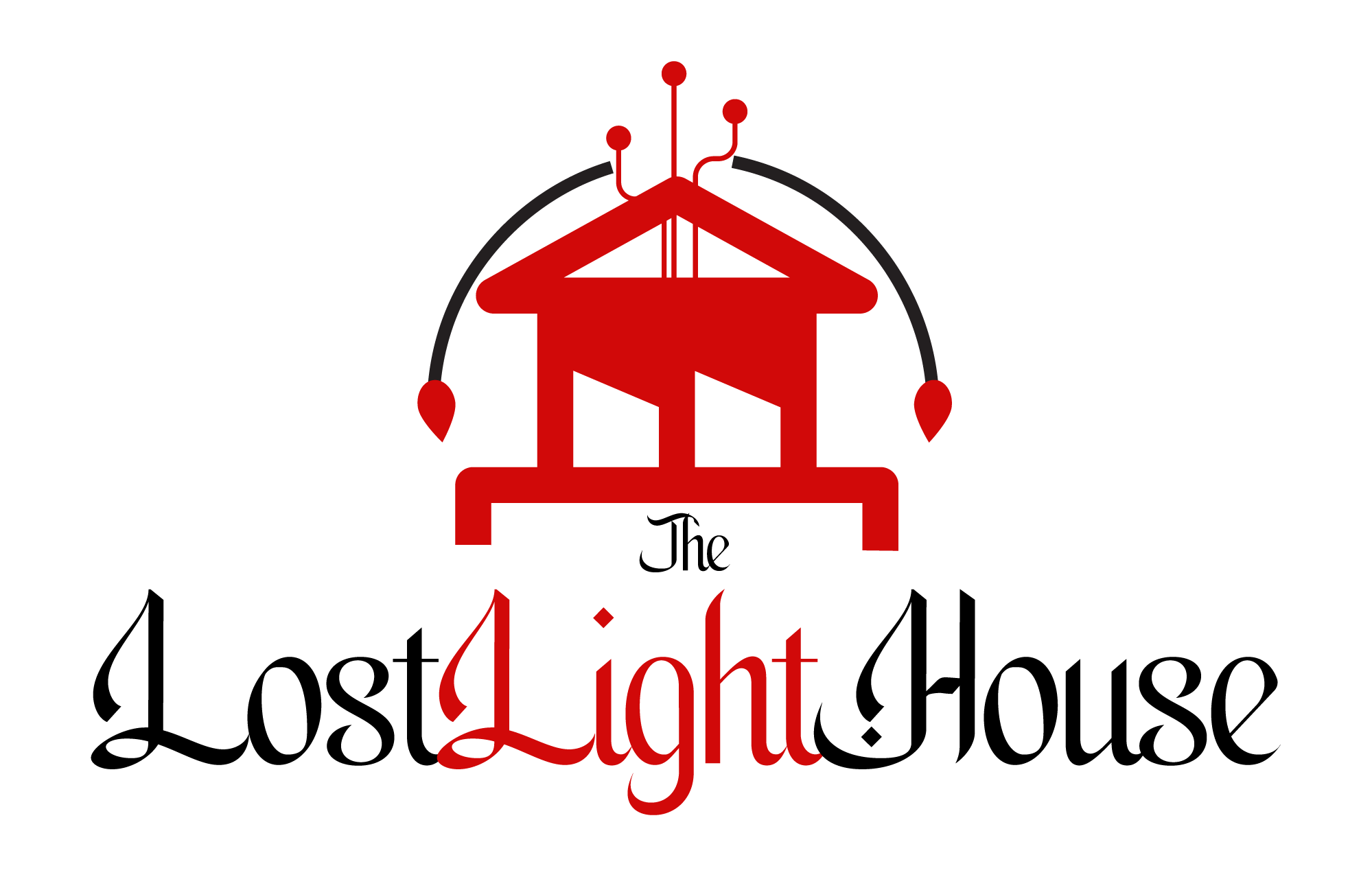
9 Elements of a Great Story: Unlock Pure Emotional Magic?
Humans have always been fascinated with stories. Great stories can entertain, educate and inspire, demonstrating the power of storytelling whether they are told orally, in novels, movies or television programs. But what is truly compelling about a story? Knowing the Elements of a Great Story can instruct viewers, readers, and creators alike on what ingredients can keep the audiences glued and interested in the content.
This guide covers the elements of the storytelling as follows: plot, character development, conflict, and resolution, and describes how each of these elements can make a narrative powerful.
1. The Role of Plot
The plot is at the very heart of the story. The plot is there because of the succession of events. A good plot makes audiences eager to carry on watching, creates tensions, and leaves them satisfied by the conclusion of conflict.
When analyzing the Elements of a Great Story, consider:
- How is the story structured? (Linear, non-linear, episodic?)
- Are there twists or surprises that maintain engagement?
- Does each event serve the overall narrative purpose?
In shows like Breaking Bad or films like Inception, the plot’s intricacy keeps audiences hooked, encouraging anticipation and repeated viewings.
2. Characters and Their Development
The characters are the center of narration. Poorly developed characters cause pity, identification, or interest. They fuel the story with their actions, struggles and development.
The Elements of a Great Story often involve:
- Dynamic characters who evolve over time
- Clear motivations that guide actions
- Memorable personalities that resonate with audiences
The protagonists, antagonists and supporting characters collaborate to achieve tension, emphasize themes and provide emotional charge. Even the most detailed plot can be empty without the strong characters.
3. Conflict and Tension
The driving force behind a story is conflict. Tension keeps viewers engaged whether it is internally (emotional or moral conflict) or externally (opposing forces, societal problems or natural challenges).
When analyzing the Elements of a Great Story, pay attention to:
- The stakes involved for the characters
- Obstacles that test their growth or resolve
- How tension escalates toward the climax
Conflict is what creates suspense, drama, and intrigue. Without it, stories risk becoming predictable and disengaging.
4. Setting and World-Building
A vivid setting provides context and immerses audiences in the story world. Thoughtful world-building strengthens narrative believability and enhances engagement.
Consider these elements when examining the Elements of a Great Story:
- Physical locations and landscapes
- Cultural, historical, or societal contexts
- Rules and logic within fictional worlds
Such films as Avatar or such series as Game of Thrones are good examples of how vivid settings make the viewer feel a part of the narrative, even of being in the story itself.
5. Themes and Messages
Themes are the underlying ideas or moral questions explored in a story. They give narratives depth and meaning beyond surface-level events.
Key aspects to consider:
- Does the story explore universal human experiences (love, loss, ambition, justice)?
- Are there lessons or questions posed for reflection?
- How consistently are the themes reinforced throughout the narrative?
The Elements of a Great Story often rely on clear yet nuanced themes to connect emotionally with audiences and leave lasting impressions.
6. Pacing and Structure
Pacing determines how the story unfolds and keeps viewers or readers engaged. A well-paced story balances action, dialogue, and reflection, avoiding moments that feel rushed or stagnant.
Elements of pacing include:
- Timing of climaxes and turning points
- Distribution of tension and release
- Smooth transitions between scenes or chapters
By carefully controlling pacing, creators ensure that the audience remains invested from start to finish.
7. Dialogue and Voice
Dialogue is a means to uncover character, inspire the plot, and support the themes. The voice of a story, the narrative perspective, the tone, or the style, all influence the perception of the audience.
When evaluating the Elements of a Great Story, consider:
- Does dialogue feel authentic and reveal personality?
- Does the narrator’s voice add depth or perspective?
- Are conversations meaningful to plot or character development?
Authentic dialogue and consistent voice create immersion and emotional resonance, helping audiences connect with the story.
8. Symbolism and Subtext
Great stories often use symbolism and subtext to communicate deeper meaning. These elements allow creators to convey ideas indirectly, enriching the narrative and inviting interpretation.
For example:
- A recurring object may symbolize a character’s emotional journey.
- Colors or lighting can subtly communicate mood or theme.
- Subtext can highlight social commentary without overt exposition.
Incorporating symbolism ensures that stories resonate on multiple levels, enhancing engagement and encouraging repeat viewings.
9. Resolution and Closure
The plot, character storylines, and themes of the story are all brought to a satisfying resolution. Even when there are uncertainties in the endings, good stories offer emotional or thematic closure to the audience so that they get a feeling of fulfilment or are reflective.
Elements of a great story cannot be complete without resolution because it justifies investment of the audience and helps to support the meaning of the story.
Conclusion
Knowledge of the Elements of a Great Story enables us to enjoy listening to or reading stories in films, television programs, novels, and others. The plot, the characters, the conflict, the setting, the themes, the dialogue, the pacing, the symbolism and the resolution are all combined to make stories that are interesting, inspiring and moving.With the consideration of these factors, viewers are able to comprehend better what makes stories fascinating and why some stories have strong impressions. Storytelling is an art and the best stories utilize these elements to help keep us on the edge, emotionally involved and intellectually within the final scene or chapter.



